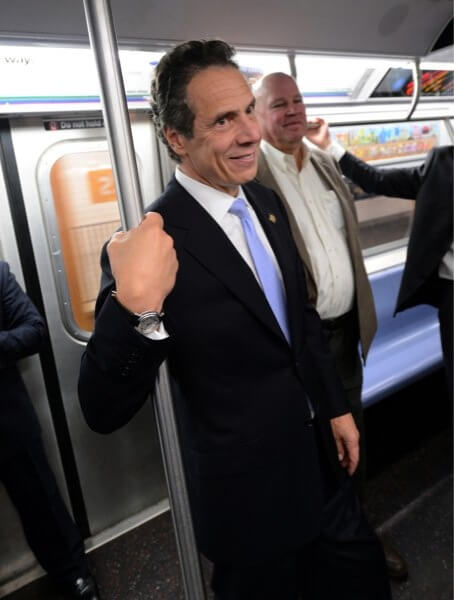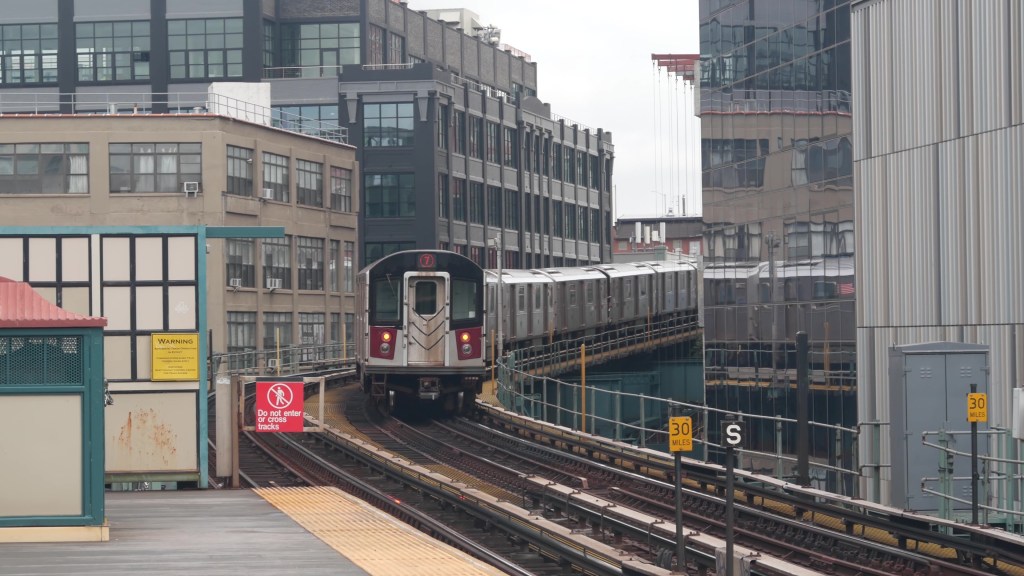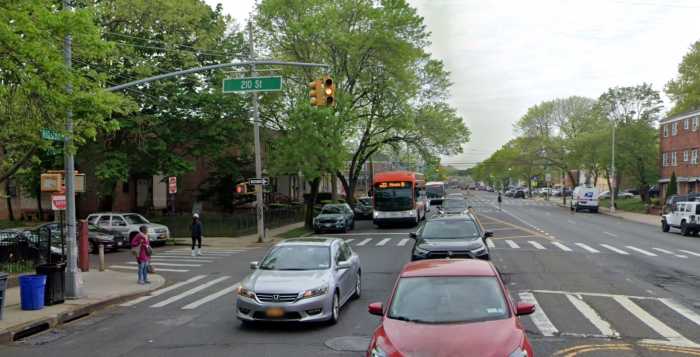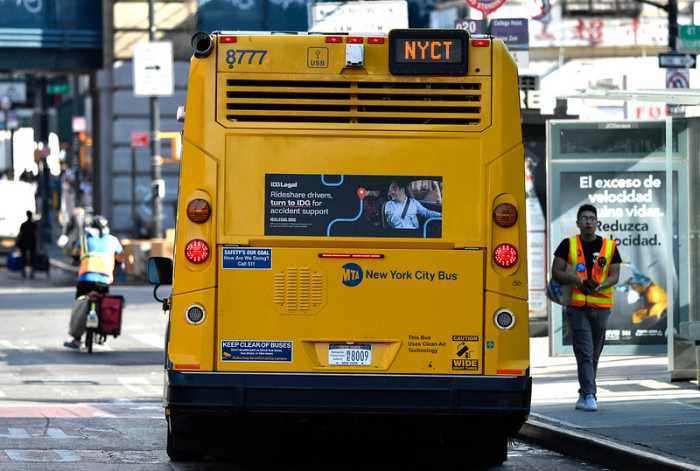By Philip Newman
The Metropolitan Transportation Authority, under verbal siege by millions of commuters whose daily trips to work have been turned into journeys of late arrivals, has come up with a plan to ease the ever-worsening delays.
“Increasing delays are simply unacceptable, which is why we have to commit to addressing the immediate problems with all the tools at our disposal,” said MTA Interim Director Ronnie Hakim. “We are implementing long-term capital improvements. But we also need a comprehensive approach that focuses on reducing the system’s failures while our capital investment is underway.
“We know riders are frustrated — we are, too — which is why we are embracing this new plan.”
The $20 million transit agency plan is to be implemented at the behest of Gov. Andrew Cuomo. The MTA is putting a rush order on 300 new subway cars, which will mean arrival of the first of batch this fall , and the last in September 2018.
The first phase will begin on the 8th Avenue corridor — 19 stations on the A,C and E lines — and two key hubs in the Bronx.
Transit officials will test ways of improving efficiency to get subway doors open and reducing the time straphangers spend entering and departing trains.
The MTA has been conducting a study into ways of dealing with bottlenecks.
The transit agency is stationing medical personnel throughout the subway system so that sick or injured passengers do not cause unusual delays. Emergency repair personnel will be strategically assigned throughout the subway system to more quickly respond to breakdowns. Subway maintenance crews will conduct ultrasonic examinations of tracks and other infrastructure from once to twice a month.
The MTA also said it would work to advance legislation this session to separate the agency’s chairman and chief executive officer positions.
Meanwhile, Monday the New York State Senate approved state Sen. Jose Peralta’s (D-East Elmhurst) bill requiring the MTA to conduct a study regarding the feasibility of installing glass doors on access doors on all subway platforms to improve riders’ safety.
The MTA has 837 tracks miles, more than 1,600 mainline switches and 13,000 signals. The system is built to be fail-safe, which means that when a sensor is tripped, all lights turn red, and everything stops. It keeps us safe, but it also causes delays.




































